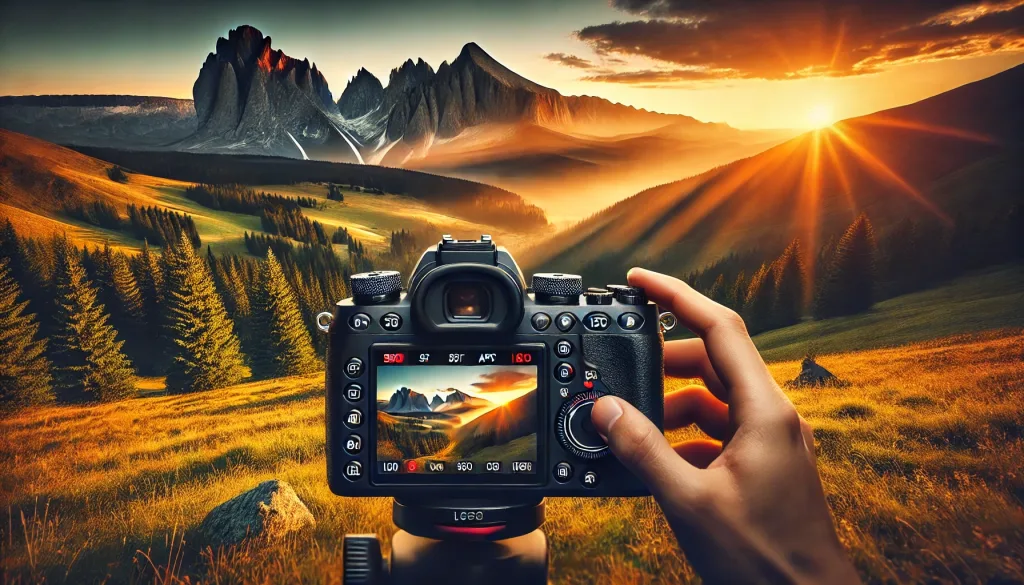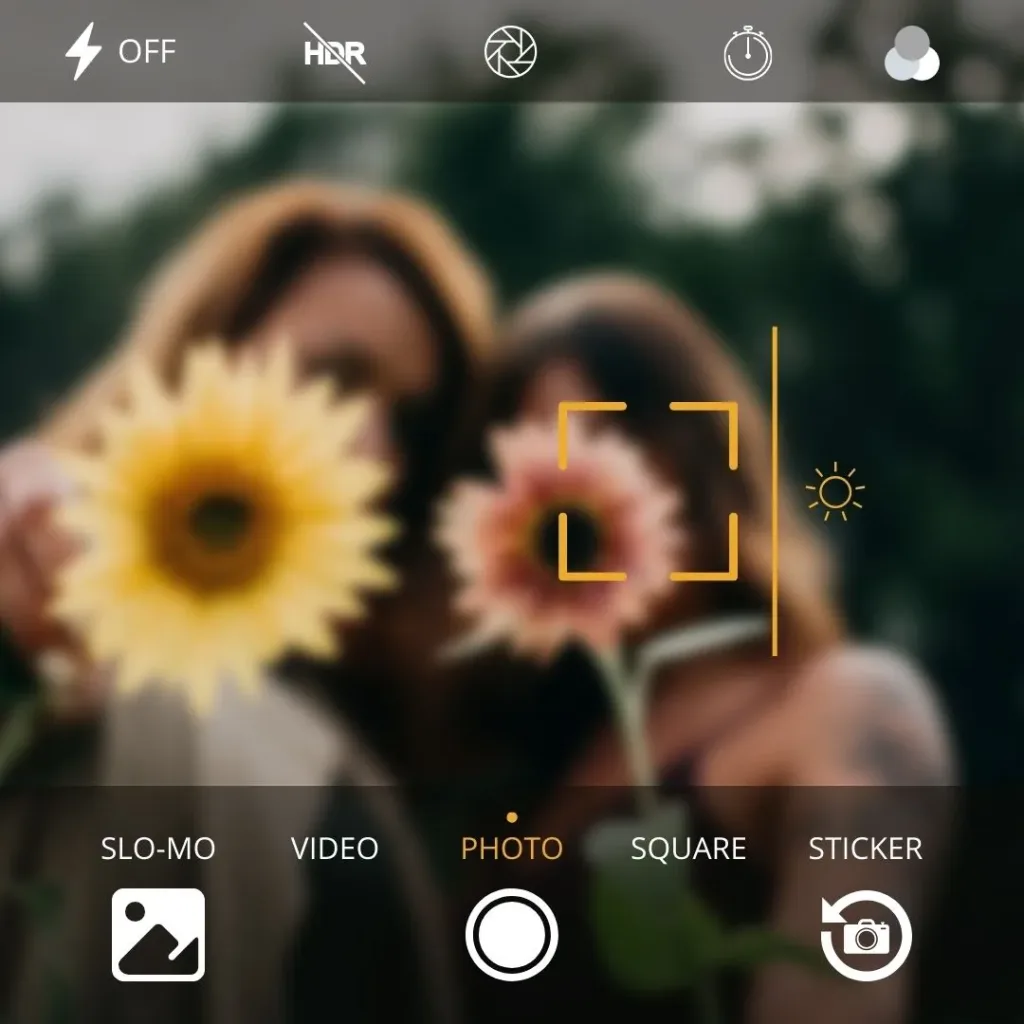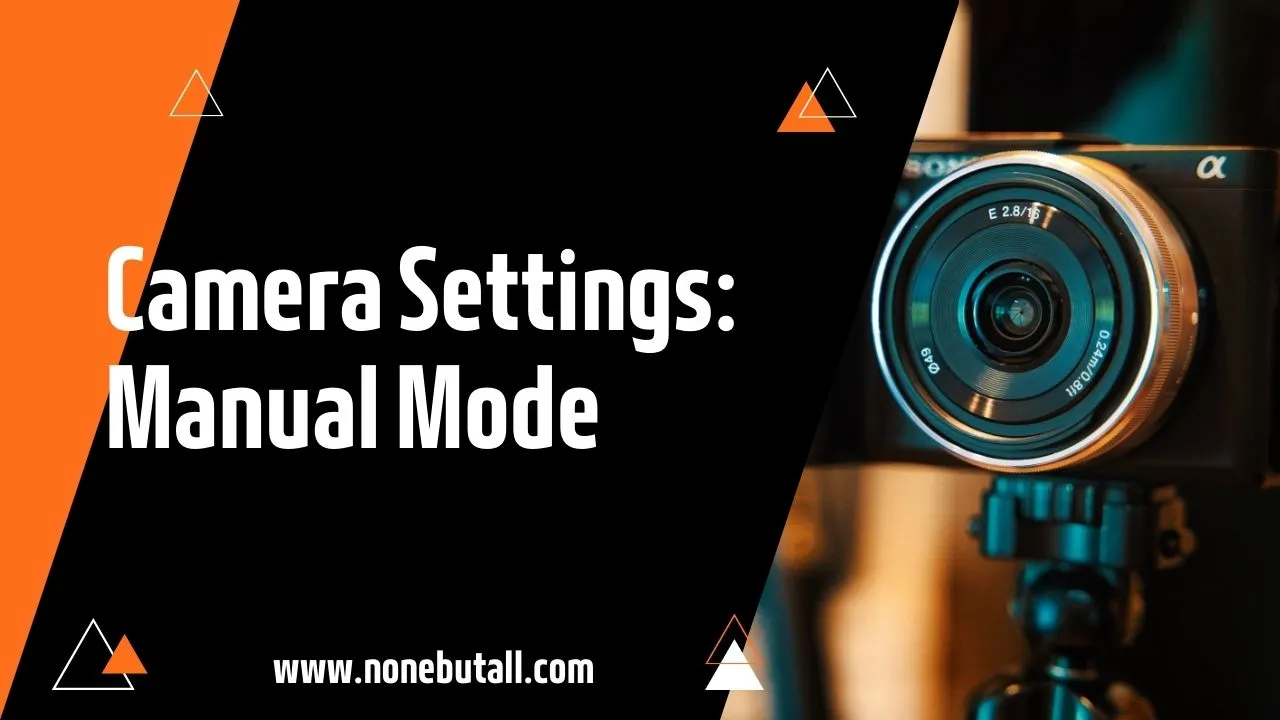Photography is more than just capturing a moment; it’s about creating art. One way to elevate your photography is by mastering manual mode. In “Breaking Down Camera Settings: A Guide to Shooting in Manual Mode”, we’ll dive into the essential camera settings that give you complete creative control. Whether you’re a beginner or an enthusiast looking to improve, this guide will help you unlock the full potential of your camera.
Understanding the Basics of Camera Settings
What is Manual Mode?
Manual mode is the setting on your camera that gives you full control over shutter speed, aperture, and ISO. Unlike automatic modes where the camera makes decisions, manual mode empowers you to craft each shot precisely how you envision it.
The Benefits of Shooting in Manual Mode
Shooting in manual mode allows for unmatched creative flexibility. You can adjust settings to achieve the perfect exposure, capture unique lighting effects, and control motion blur or sharpness. It’s a stepping stone to professional-quality photography.
Breaking Down Camera Settings: A Guide to Shooting in Manual Mode
Shutter Speed: Freezing or Blurring Motion
Shutter speed determines how long the camera sensor is exposed to light. A fast shutter speed freezes motion, ideal for action shots. On the other hand, slow shutter speeds create motion blur, perfect for artistic shots like flowing water or light trails.
How to Set the Right Shutter Speed
Consider your subject. Use 1/1000s or faster for sports, and 1/60s for standard portraits. For creative motion blur, go slower, such as 1/15s or lower.
Aperture: Controlling Depth of Field
The aperture is the size of the lens opening and affects the depth of field. A wide aperture (f/1.8) isolates subjects by blurring the background, while a narrow aperture (f/16) keeps everything in focus, perfect for landscapes.
Using Aperture for Creative Effects
Experiment with aperture settings for stunning portraits with bokeh or crisp, detailed landscapes.
ISO: Balancing Light and Noise
ISO measures the camera sensor’s sensitivity to light. Low ISO (100-200) is best for bright conditions, while high ISO (800 and above) is useful in low light but can introduce noise.
When to Adjust ISO Settings
Use higher ISO indoors or at night but balance it with noise reduction techniques.

Finding the Perfect Exposure in Manual Mode
Using the Exposure Triangle
The exposure triangle consists of shutter speed, aperture, and ISO. Balancing these three settings ensures proper exposure. For instance, if you’re increasing the shutter speed to freeze motion, you might need to widen the aperture or raise the ISO to maintain brightness.
Tools for Checking Exposure
Modern cameras provide tools like histograms, exposure meters, and bracketing. Use these features to evaluate your settings and make necessary adjustments.
Focusing Techniques in Manual Mode
Choosing Between Manual and Autofocus
Autofocus is quicker and more convenient for moving subjects, but manual focus shines in scenarios where precision is key, such as macro or portrait photography.
Tips for Sharper Focus in Manual Mode
- Use focus peaking (if available) to highlight sharp areas.
- Zoom in on your viewfinder or LCD screen to check details.
- Employ a tripod for stability, especially in low-light situations.
Lighting Considerations in Manual Mode
Understanding White Balance
White balance adjusts the color tone of your images based on lighting conditions. Select presets like Daylight, Cloudy, or Tungsten for natural colors, or customize it manually.
Using Light for Creative Effects
Play with directional lighting, silhouettes, and golden hour effects to create drama and mood in your photos.

Common Mistakes to Avoid in Manual Mode
Overexposure and Underexposure
Overexposed images appear washed out, while underexposed ones are too dark. Always review your histogram to ensure the light distribution is balanced.
Ignoring Camera Settings in Changing Conditions
Lighting and movement change quickly. Always reevaluate your settings as your environment evolves to prevent missed opportunities.
FAQs About Shooting in Manual Mode
- Why should I learn manual mode if automatic settings work well?
Manual mode offers creative control and helps you achieve unique results tailored to your vision. - What’s the best shutter speed for portraits?
For standard portraits, use a shutter speed of around 1/125s to avoid motion blur. - How do I choose the right ISO?
In bright conditions, stick to ISO 100-200. In low light, gradually increase ISO while avoiding excessive noise. - What if my images still look too dark or too bright?
Adjust the exposure triangle settings incrementally and use your camera’s exposure meter for guidance. - Can I shoot in manual mode without a tripod?
Yes, but a tripod is essential for low-light or long-exposure shots to prevent camera shake. - How can I improve my manual mode skills?
Practice frequently, experiment with different settings, and study your results to refine your technique.
Conclusion: Mastering Manual Mode
Learning manual mode transforms your approach to photography, giving you full control over every shot. You’ll unlock your camera’s potential and expand your creative possibilities with practice and patience. Remember, mistakes are part of the journey—embrace them, and let your photos tell your unique story.
For more photography tips, check out our Complete Beginner’s Guide to Photography and start capturing moments like never before!
